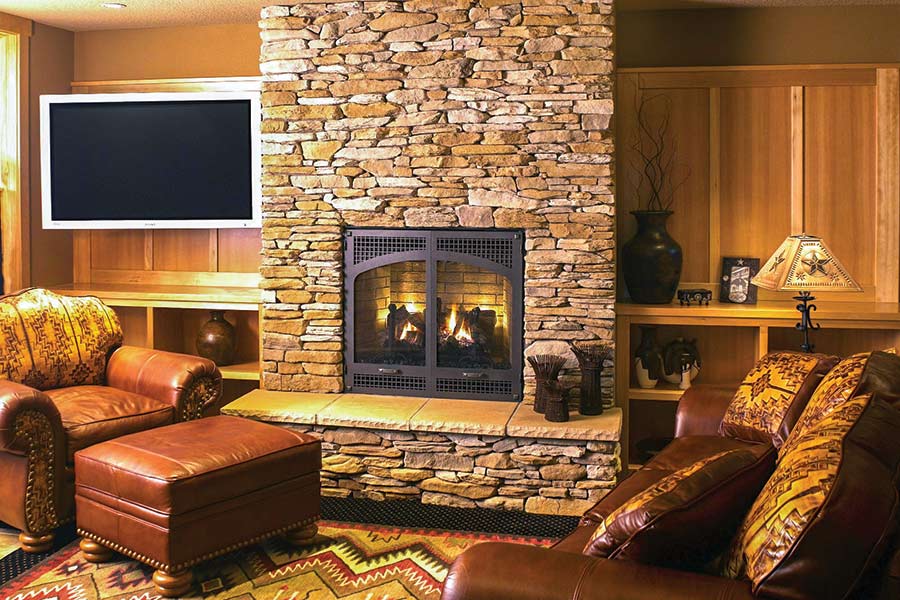Storing energy with style

We are planning to remodel our older home, and I’ve read that increasing thermal mass can improve energy efficiency. What exactly does this mean, and how do we incorporate it into our home?—Sharon T.
Thermal mass is the ability of a material to absorb and store heat energy. The thinking behind using certain materials within your home to increase comfort and energy efficiency goes like this: solid objects change temperature more slowly than the air in a room. Therefore, adding dense objects with high thermal mass such as stone, brick, or ceramic tile to your interiors will help keep indoor temperatures steadier. Since the HVAC system will not need to cycle on as frequently, that will save you money over time.
Although it sounds simple, it’s a bit more complicated than that. And whether it really helps depends on the geographic location of the home, its orientation toward natural sunlight, and the region’s climate zone.
In an area where summer is short but winters are long and extremely cold, here’s how increasing thermal mass is supposed to work. During the daylight hours, direct sunshine warms the dense thermal mass of various objects. At night as the outdoor temperature falls, some of the heat stored in those dense materials is released as radiant energy into the room air, delaying when the HVAC system begins operating.
Seasonal strategies
Installing a dark, ceramic-tile flooring near a door or window is an excellent source of thermal mass during winter. Using solid bricks for a portion of an interior wall can be decorative and practical. Heavy granite or slate countertops in a kitchen may also be effective. Wooden floors can be a good source for thermal mass. Remember, the idea is to replace lighter materials with heavier materials.
But be aware that during the summer months when you want cooler indoor temperatures you may need to keep window shades or curtains closed to prevent the high thermal mass objects from absorbing unwanted heat.
Don’t forget the insulation
What you won’t see after you finish a remodeling project is just as important as the decorative items in the rooms. Whether you’re adding a completely new room or simply changing an existing one, use heavy foam insulating sheathing on the outside of the wall framing. This allows the framing lumber to become part of the home’s interior thermal mass to improve energy efficiency.
James Dulley for the April 2015 issue

